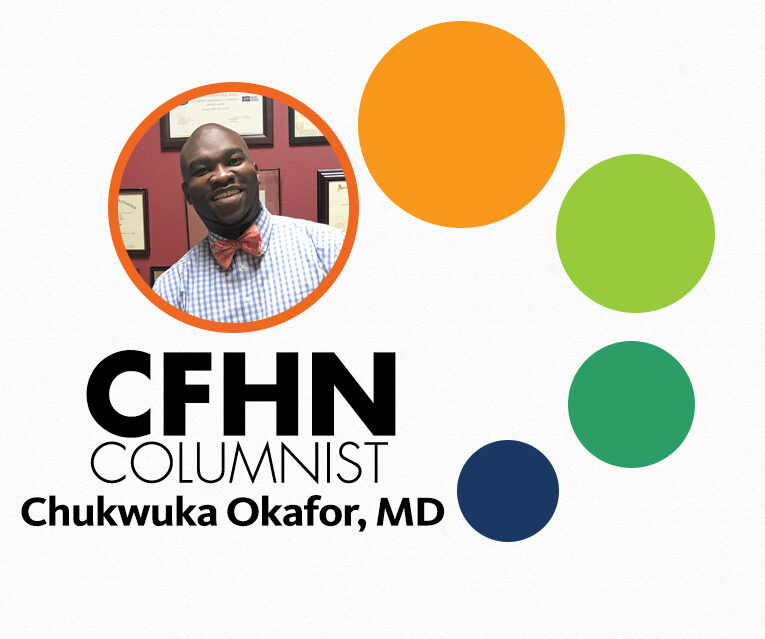
Health News
Features
-
Q&A: Facts vs. fiction of male ‘menopause’
Dr. Allan Alberton provides medical insight for men and what to expect during their change of life Menopause can be a traumatic transition for women. But what about men? What can they expect during their change of life? We talked to Dr. Allan Alberton, a board certified family medicine practitioner at Winter Haven’s Bond Clinic,…
-
Pop Quiz: Knowing your heart disease and stroke risk
Are you controlling those health factors within reach? For men, heart disease and stroke together are responsible for nearly 30 percent of all deaths in the U.S., and many of those are preventable. Every man out there should be aware of the health dangers that can lead to heart disease or stroke. While some contributing…
-
How chronic pain affects your mood
Q&A with Dr. Edward Lubin on the link between mental illness and pain that lasts longer than six months Chronic pain, which is defined as pain that lasts longer than six months, can be so much more impactful on a patient’s daily life than a seven-word description. The type of pain can vary in frequency…
Columns
-
Myopia Control in the COVID-19 Era
My weekends are admittedly different now. Before my weekends were filled with time spent with friends, in person, but now they are Zoom calls, Brady Bunch style. We hosted our game night online, and we chat while we bake or make dinner. Even at our practice, we are utilizing the ability to work remotely, and…
-
Journey from Initial Opioid Use ???? Opioid Dependence ???? Addiction
There are 16 ounces in 1 pound; but it is true today, as it was when Benjamin Franklin stated that “an ounce of prevention is worth a pound of cure.” A little precaution to avoid/prevent an undesirable condition is preferable to developing a long-term negative situation and dealing with its potential consequences. If you consume…
-
Atrial Fibrillation: What You Need to Know
Atrial fibrillation is an irregular rhythm from the upper part of the heart. It is the most common cardiac arrhythmia. Incidence increases with advancing age, with 1 out of 5 over the age 85 having it. It appears this originates due to spontaneous discharges from pacemaker cells in the pulmonary veins at the point where…





